-

Hemin = Chlorohemin CAS:16009-13-5 Manufacturer Price
Hemin is a complex of iron and protoporphyrin IX that plays a vital role in various biological processes. It is an essential component of hemoglobin, the protein responsible for oxygen transport in red blood cells. Hemin is also involved in the synthesis of other heme-containing proteins, such as myoglobin and cytochromes, that participate in cellular respiration and electron transfer reactions.
-
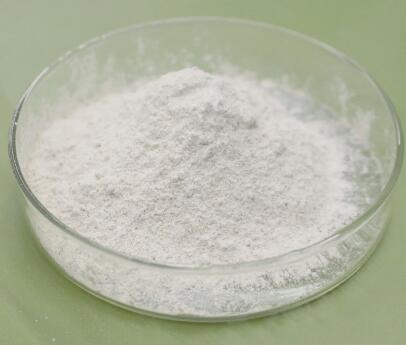
Penicillin G sodium salt CAS:69-57-8
Penicillin G sodium salt is a broad-spectrum antibiotic that belongs to the class of beta-lactam antibiotics. It is derived from the fungus Penicillium chrysogenum and is commonly used to treat a wide range of bacterial infections.
Penicillin G sodium salt works by inhibiting the synthesis of bacterial cell walls, leading to the disruption of cell wall formation and ultimately the death of susceptible bacteria. It is effective against various gram-positive and some gram-negative bacteria.
-
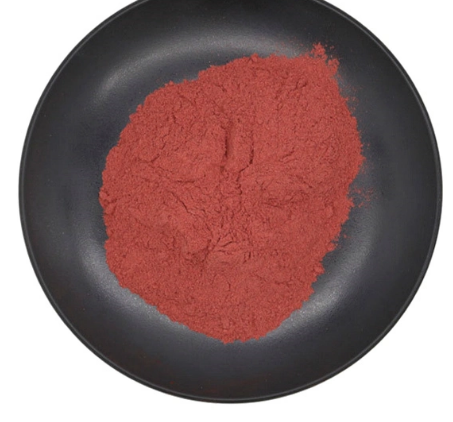
Doxorubicin hydrochloride CAS:25316-40-9
Doxorubicin hydrochloride is a chemotherapy drug that is used to treat various types of cancer. It belongs to a class of medications known as anthracyclines.
Doxorubicin hydrochloride works by inhibiting the growth of cancer cells and disrupting their DNA replication. This helps to prevent the cancer cells from dividing and spreading further. It is effective against a wide range of cancers, including breast cancer, lung cancer, ovarian cancer, and certain types of leukemia.
-
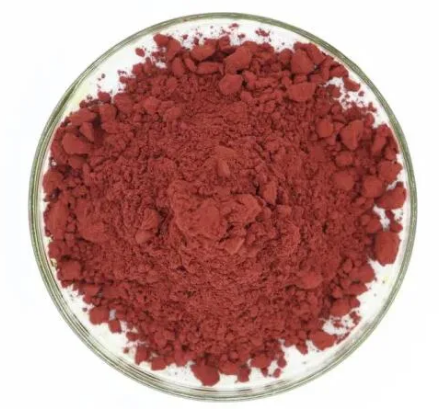
Hemoglobins CAS:9008-02-0 Manufacturer Price
Hemoglobin is a protein found in red blood cells that plays a crucial role in transporting oxygen from the lungs to the body’s tissues and carrying carbon dioxide back to the lungs for exhalation. It consists of four subunits, each containing a heme group that can bind to oxygen molecules. The binding and release of oxygen are facilitated by structural changes in the protein. Hemoglobin also helps buffer blood pH and regulates blood flow.
-

Streptavidin from Streptomyces avidinii CAS:9013-20-1
Streptavidin is a protein derived from the bacterium Streptomyces avidinii. It shares similar characteristics to avidin, another biotin-binding protein, but with some differences in binding affinity and stability. Streptavidin is widely used in biotechnology and research, primarily due to its strong and specific binding to biotin. This binding affinity is utilized in various applications, including protein purification, detection assays, targeted drug delivery, molecular biology techniques, imaging, and diagnostics. Streptavidin’s versatility and reliability make it an essential tool in numerous scientific and medical fields.
-
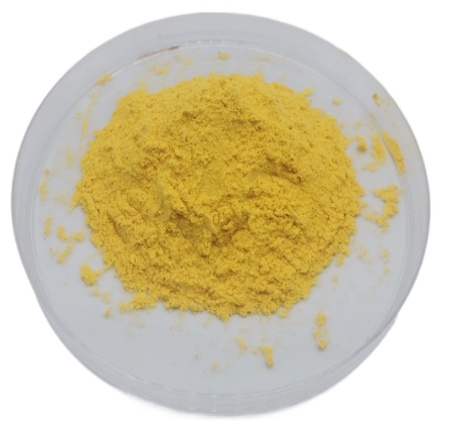
Doxycycline hyclate CAS:24390-14-5 Manufacturer Price
Doxycycline hyclate is a type of antibiotic medication commonly used to treat various bacterial infections. It belongs to the tetracycline antibiotic class and works by inhibiting the growth and spread of bacteria.
Doxycycline hyclate is effective against a wide range of bacterial infections, including respiratory tract infections (such as pneumonia and bronchitis), urinary tract infections, skin infections, eye infections, and certain sexually transmitted infections.It is also used for the prevention of malaria and the treatment of acne and rosacea.
-
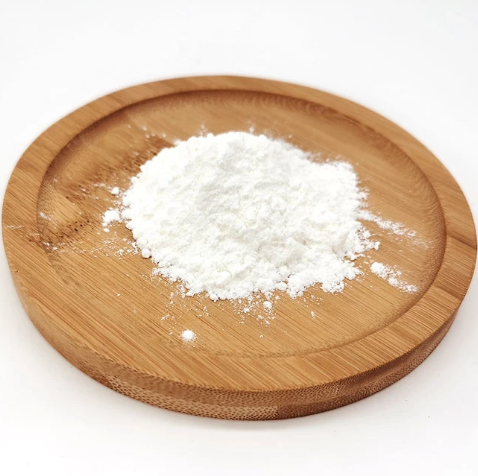
L-Alanine CAS:56-41-7 Manufacturer Price
L-Alanine is a non-essential amino acid that plays a crucial role in the body’s protein synthesis. It helps to build and repair tissue, supports muscle growth and recovery, and helps regulate blood sugar levels. L-Alanine is found naturally in a variety of foods and can also be taken as a supplement.
-
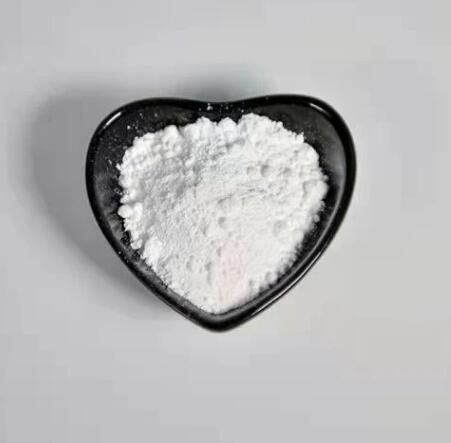
Tobramycin Base CAS:32986-56-4
Tobramycin Base is a broad-spectrum antibiotic that belongs to the family of aminoglycosides. It is commonly used in the treatment of bacterial infections, particularly those caused by gram-negative bacteria. Tobramycin Base works by inhibiting protein synthesis in bacteria, which ultimately leads to their death.
-
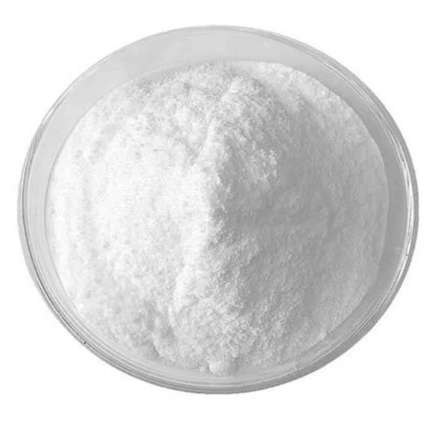
Erythromycin CAS:114-07-8 Manufacturer Price
Erythromycin is an antibiotic medication that is used to treat various bacterial infections. It belongs to the class of macrolide antibiotics and works by inhibiting the growth and reproduction of bacteria.
Erythromycin is effective against a wide range of bacterial strains, including Gram-positive and some Gram-negative bacteria. It is commonly prescribed to treat respiratory tract infections, skin and soft tissue infections, urinary tract infections, and certain sexually transmitted infections.
-
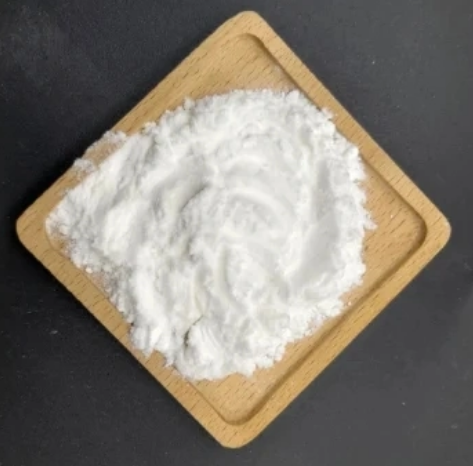
L-Arginine CAS:74-79-3 Manufacturer Price
L-Arginine is an amino acid that the body uses to produce nitric oxide, which helps relax and widen blood vessels. This can improve blood flow, enhance exercise performance, support immune function, potentially treat erectile dysfunction, regulate blood pressure, and provide antioxidant benefits.
-
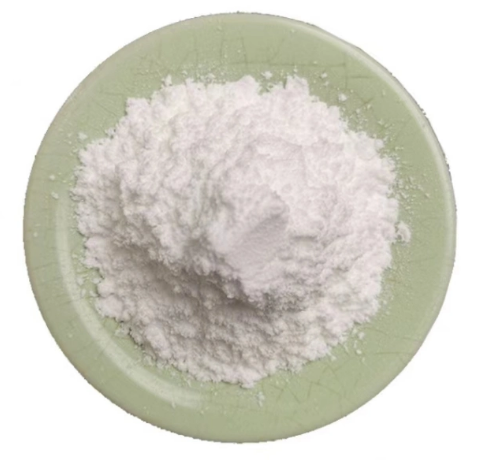
Wortmannin CAS:19545-26-7 Manufacturer Price
Wortmannin is a naturally occurring chemical compound that is commonly used in laboratory research to study various cellular processes. It is a potent inhibitor of phosphoinositide 3-kinase (PI3K), an enzyme involved in various signaling pathways within cells.
By inhibiting PI3K, wortmannin can effectively block the activity of downstream signaling molecules and pathways that rely on PI3K. This allows researchers to investigate the roles that PI3K and its associated pathways play in processes such as cell growth, proliferation, apoptosis, intracellular trafficking, and membrane dynamics.
Wortmannin has been widely used in studies to understand the molecular mechanisms of various diseases, including cancer, inflammation, autoimmune disorders, and neurodegenerative diseases. It can help researchers identify potential therapeutic targets and develop new treatment strategies for these conditions.
-
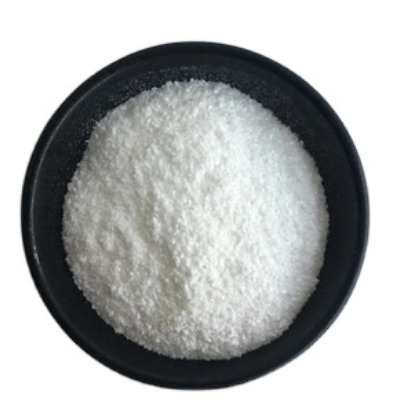
L-Cysteine hydrochloride anhydrous CAS:52-89-1
L-Cysteine hydrochloride anhydrous is a salt form of the amino acid L-cysteine. It is a white, crystalline powder that is soluble in water. L-Cysteine is a non-essential amino acid, meaning that it can be synthesized by the body, but it can also be obtained through dietary sources. L-Cysteine plays a vital role in various biological processes, serving as a precursor for the antioxidant glutathione and aiding in the synthesis of proteins. L-Cysteine hydrochloride anhydrous is commonly used as a dietary supplement and is also used in the food and pharmaceutical industries as a flavor enhancer, reducing agent, and as a precursor for the production of various chemicals.

